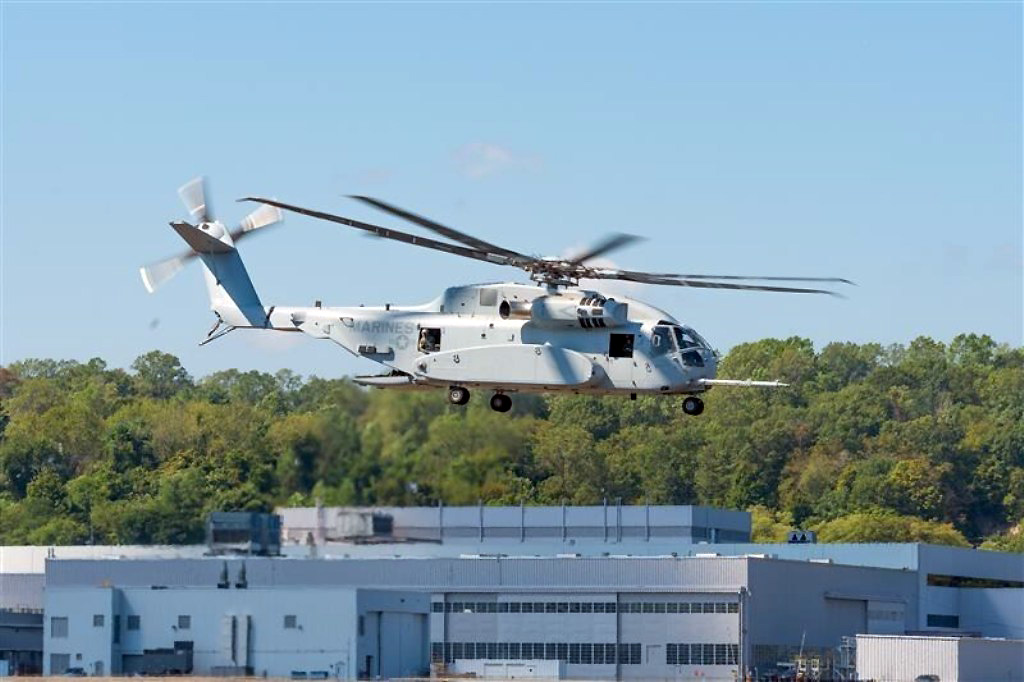Addressing Aircraft Readiness: A Critical Challenge for the U.S. Air Force
Declining Aircraft Readiness Rates
Recent statements from Air Force Secretary Troy Meink underscore a pressing concern regarding the operational readiness of U.S. Air Force aircraft. Speaking at the Air & Space Forces Association’s conference in National Harbor, Maryland, Meink emphasized the imperative for the service to allocate its limited maintenance resources more judiciously, particularly to aircraft capable of enduring in contested environments.
Over recent years, aircraft readiness rates have shown a troubling downward trend. In fiscal year 2024, the mission-capable rate plummeted to 62%, indicating that nearly 40% of the fleet is non-operational on any average day. This contrasts sharply with historical benchmarks and highlights a systemic issue that requires urgent attention.
- Key Statistics:
- Mission-capable rate: 62% in FY 2024
- Aircraft availability decline: From 73% in 1994 to 54% in 2024
Aging Fleet and Maintenance Hurdles
One principal factor exacerbating these readiness issues lies in the aging aircraft fleet. Average aircraft age has almost doubled from 17 years to nearly 32 years over the past three decades. This age-related decline hampers maintenance efficiency and overall operational capability.
Meink specifically identified issues at Joint Base Langley-Eustis, where F-22 Raptors, despite being premier combat platforms, often sit idle due to a lack of necessary parts for maintenance. Such situations underscore the urgent need for increased supply chain reliability and efficiency.
Strategic Focus on Future-Ready Systems
As the Air Force confronts these challenges, prioritizing investments and the attention of maintenance personnel on future-capable systems is becoming increasingly critical. According to Meink, the focus must shift towards platforms that can operate effectively in high-threat environments.
- Strategic Considerations:
- Retirement of older, less capable aircraft is essential.
- Investing in platforms that can compete in modern warfare scenarios is a priority.
The success of unconventional warfare tactics, as demonstrated by Ukraine’s innovative use of low-cost drones to neutralize high-value targets, illustrates the evolving nature of aerial combat. This constitutes a call for a reevaluation of not only current capabilities but also expenditures on less survivable platforms.
Holding Contractors Accountable
An additional dimension of the Air Force’s challenge involves contractor reliability. Secretaries in the service must ensure that parts meet specified performance standards, as failures can severely diminish operational readiness.
- Quality Control Issues:
- Parts that fail to meet durability expectations (e.g., a part lasting only 100 hours instead of 400) need stringent quality assessments.
Meink’s emphasis on collaboration with contractors highlights the necessity for a revamped approach to maintenance and procurement. Contractors must be held accountable for the performance of their systems to support the Air Force’s operational demands.
Advancing Maintenance through Modularity
In pursuit of optimizing aircraft maintenance, officials suggest that increasing modularity in new aircraft and evolving systems can facilitate easier upkeep and replaceability. As advancements in data analytics take center stage, they will provide a clearer understanding of weapon system statuses and readiness.
- Future Initiatives:
- Conduct deep dives into supply chains to identify bottlenecks in the delivery of spare parts.
- Implement data analytics for enhanced insight into aircraft condition and maintenance needs.
In conclusion, the need for the U.S. Air Force to recalibrate its maintenance priorities and approaches has never been more evident. As the service looks to navigate a rapidly changing military landscape, a strategic shift focusing on survivability, efficiency, and innovation will be paramount to restoring and uplifting aircraft readiness levels.





